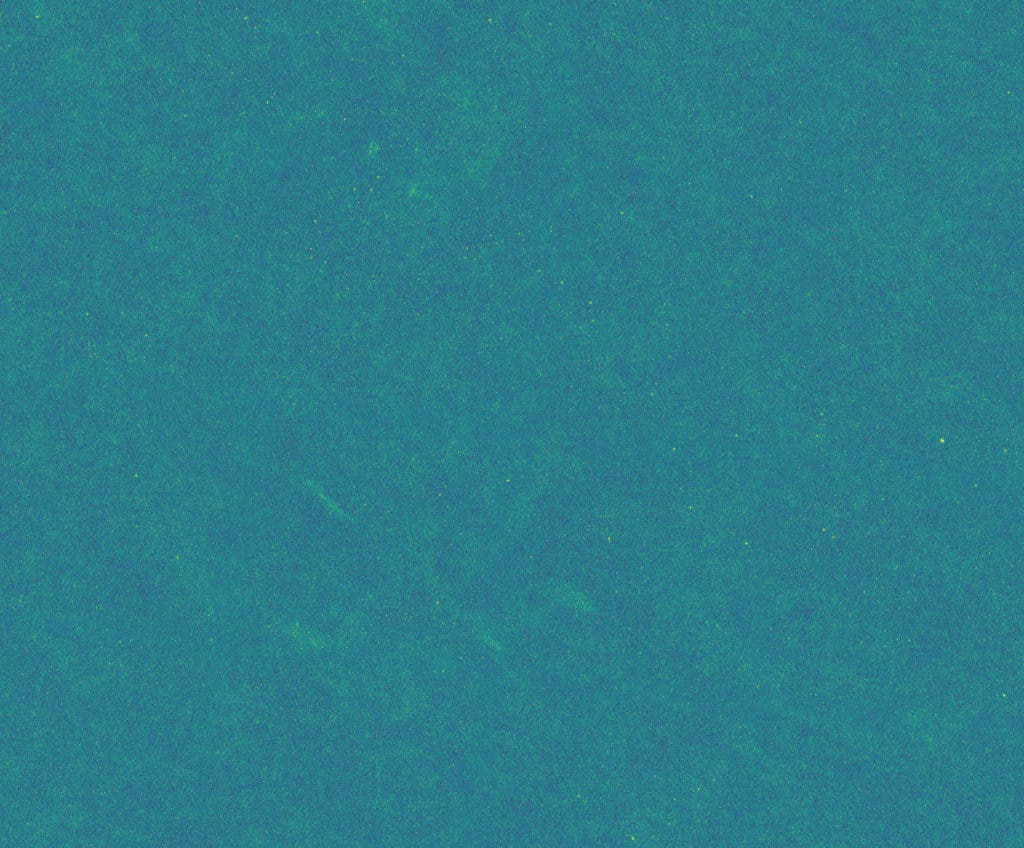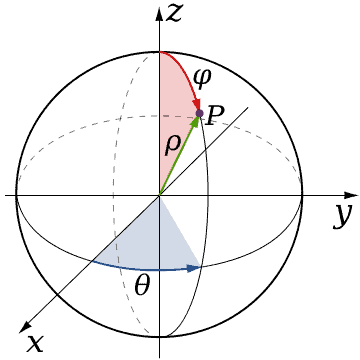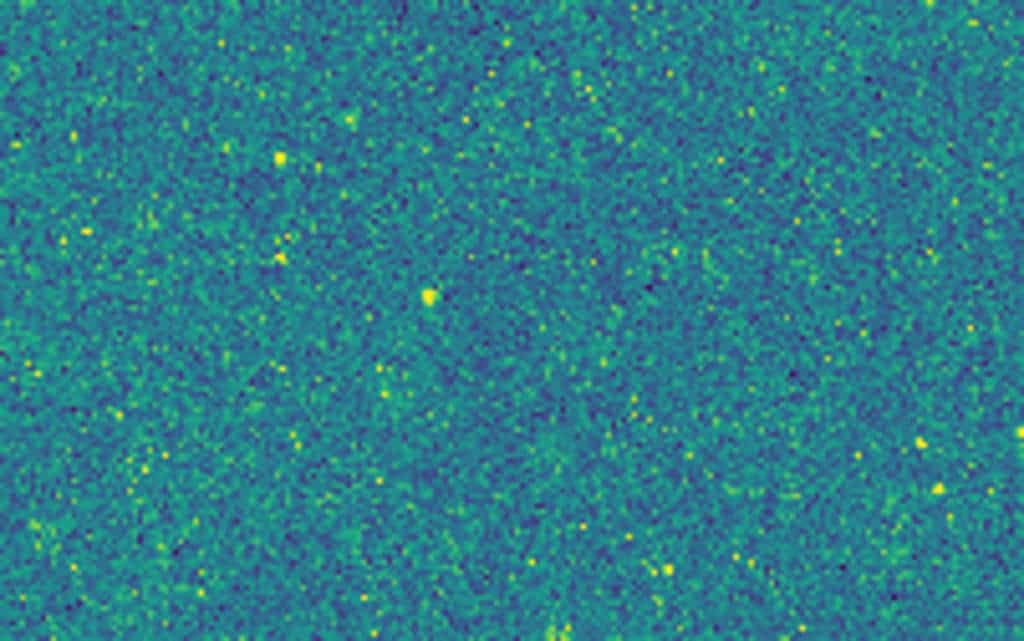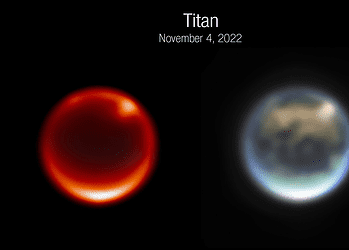Ever had a moment when you feel like you’re important and what you do matters? Here’s the antidote.

At a first glance, not much is going on in this image — just some yellowish noise on a blue-green background. But this photo from ESA’s Herschel Space Observatory shows much more than you’d think: every yellowish speck is a galaxy.
This is the North Galactic Pole, an area which covers some 180 square degrees of the sky and features a galaxy-rich cluster known as the Coma Cluster, which contains at least 1,000 points of light (read: galaxies).
[panel style=”panel-default” title=”Spherical coordinates” footer=””]Just like on Earth, astronomers define observations using a coordinate system — but unlike the XYZ coordinate systems you might be more familiar with, they use a spherical coordinate system. In the former, a point is described by its X, Y, and Z coordinates.

In a spherical system, a point is also described by three coordinates but, in this case, it’s the radial distance of that point from a fixed origin, the polar angle, and the azimuth angle. It can be a bit weird to wrap your head around, but it can be much easier to navigate astronomical observations. [/panel]
So here, we have the North Galactic Pole, which lies far from the cluttered disc of the Milky Way and offers a good view of the distant Universe beyond our home galaxy.

Image: ESA/Herschel/SPIRE; M. W. L. Smith et al 2017. via Gizmodo.
The image above was taken at a wavelength of 250 μm, in the infrared range (the human visible range is generally within 0.4 – 0.7 μm). It was taken using the Herschel Astrophysical Terahertz Large Area Survey (H-ATLAS). Unfortunately, Herschel isn’t active anymore — it functioned from 2009 to 2013, using its instruments to study the sky in the far infrared range.
Aside from making us feel incredibly small and showing us just how puny our struggles really are, these pictures also help astronomers to estimate how many galaxies there are in the Universe. Recent surveys have estimated that number to be around 20 trillion, which is 20 times more than previous estimates gathered using the Hubble telescope. All these galaxies are packed with billions of stars, which can also host planets just like Earth.
Kind of puts things into perspective, doesn’t it?






